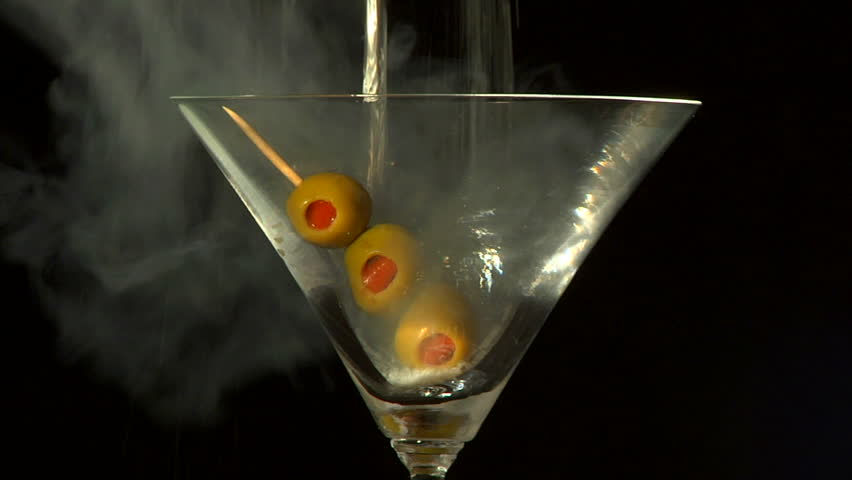Are Martinis better at Room Temperature
...on liquor.com.
To be honest, I was pretty upset and maybe slightly disgusted when I read the title. Because I know, how bad a drink can be, if the temperature isn’t right (that means extremely cold).
When I though read the article through, I had a bit of an insight and I think, that it isn’t necessary wrong. Well - only one thing might be wrong - a slightly chilled drink, which has a ratio of 50-50 and has added water, isn’t necessary a Martini Cocktail anymore.
The question is that: what makes a (real) Martini Cocktail? Wait a minute - this was more of a rhetorical question. Or at least: think about a Gin Fizz and a Tom Collins first before you answer.
Not only the ingredients make a cocktail, but rather the (main) ingredients, its character, its size, its presentation (...). And especially when it comes to character, a warm martini wouldn’t be a martini.
Chacun à son goût. Personally I wouldn’t really recommend to drink the mixture of half gin and half vermouth with some chilled water at slightly below room temperature. Gin or vodka don’t have the oak aged qualities of an oak aged spirit neither the intense aromatic of e.g. an eau de vie or a grappa.
The room temp Manhattan’s, which are also mentioned in the article, make more sense - the Manhattan has almost the taste of a whiskey, which went through extended sherry or port oak aging (or finishing). But even then the question remains - is a room temp Manhattan still a Manhattan?
And no - I wouldn’t say so. In fact you could even argue, that “room temperature cocktails” are not cocktails (at least in a bar-technical sense) anymore.
Cocktails are shaken or stirred with ice and they should be very cold. This is one of the most significant character traits of a cocktail (and especially of a Martini cocktail).
Don’t get me wrong - I like the whole idea about room temperature drinks (not so much gin or vodka though as previously stated). At times you can simulate finishing, you can also take of the edge of some spirits, with some sweetness of a dessert wine. And I am experimenting mainly at home with these “techniques”.
However the bar of the article seems to make it out of one reason: it is just another point how to diversify from other bars and get press.
I am using liquid nitrogen to chill my glass. And the martini cocktail is as it should be: dry and as cold as it gets. And people love it. The end.
)
Comments
Post a Comment